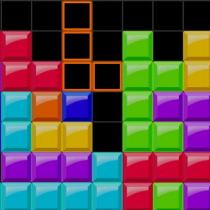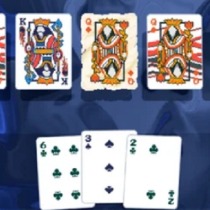Lacey’s Wardrobe
Advertisement
Advertisement
Game information

Lacey’s Wardrobe introduces a system where the player advances through a sequence of brief scenes by selecting outfits that determine how each moment unfolds. The interface presents several clothing categories, allowing the player to assemble a complete look before moving forward. Although the process appears simple, the game connects each choice with later outcomes, creating a structure where decisions accumulate and influence the narrative in subtle ways. The more the player experiments, the clearer these connections become.
Scene Progression and Player Decisions
The core loop of the game involves choosing an outfit for Lacey and confirming the selection before entering the next scene. Each scene then reflects earlier wardrobe choices through variations in pacing, tone, or transitions. Some scenes change only slightly, while others shift direction more dramatically. Because of this, players often revisit earlier selections to explore new combinations and observe how they affect later moments. Through repeated attempts, patterns emerge that hint at the deeper structure of the story.
Key Systems and Interaction Elements
Lacey’s Wardrobe uses several mechanics that shape the player’s experience:
- Selecting items from wardrobe categories such as tops, shoes, and accessories
- Observing changes in scenes that correspond to earlier choices
- Responding to prompts that adapt to decision history
- Replaying sections to uncover branches tied to specific combinations
These elements allow the player to experiment with sequences and gradually uncover alternative routes. Each combination offers new information about how the narrative connects to wardrobe decisions.
Narrative Shifts and Hidden Structure
As the player continues to engage with different outfit combinations, the game begins to introduce small signals that indicate branching outcomes. These signals may appear in the form of adjusted transitions, altered timing, or slight visual changes. Some outfits influence the order of scenes, while others unlock moments that were hidden in previous attempts. Over time, the player learns to interpret these signals and use them to navigate toward new paths. The story reveals itself as a network shaped by cumulative choices rather than isolated selections.
Lacey’s Wardrobe offers a narrative experience built around simple interactions that create complex possibilities. The interface remains straightforward, yet the branching system encourages players to explore a variety of combinations to see how each decision influences the story’s direction. Each run provides additional clues that clarify the relationship between outfits and outcomes. Through this structure, the wardrobe becomes the central instrument of storytelling, turning every outfit into a meaningful component of the final narrative path.
Related games
Comments

































